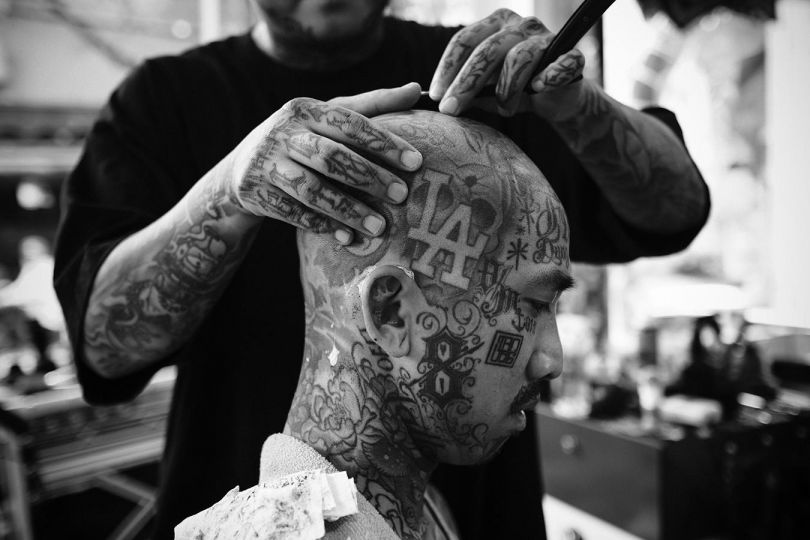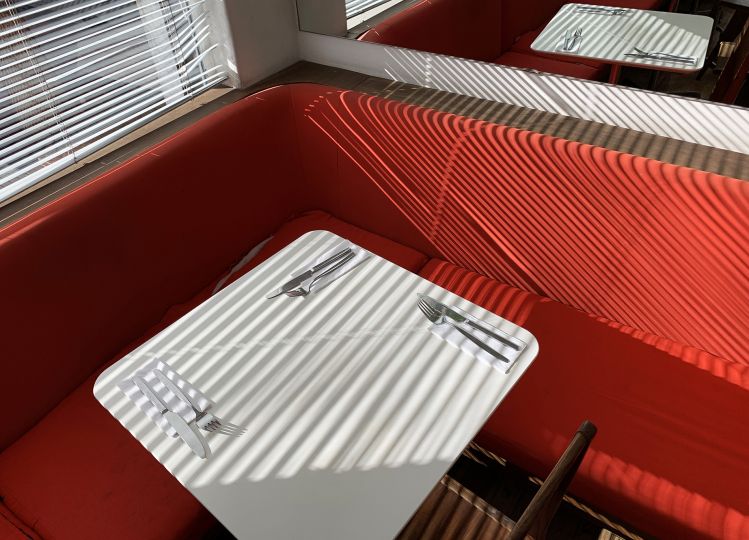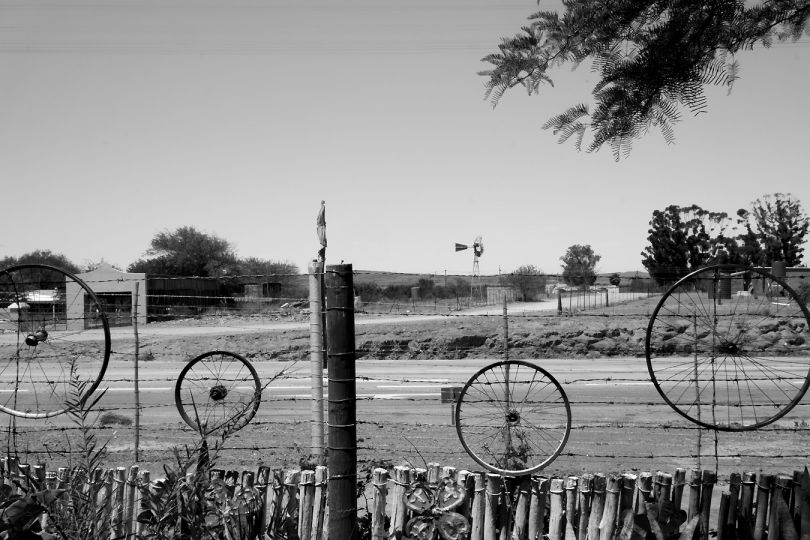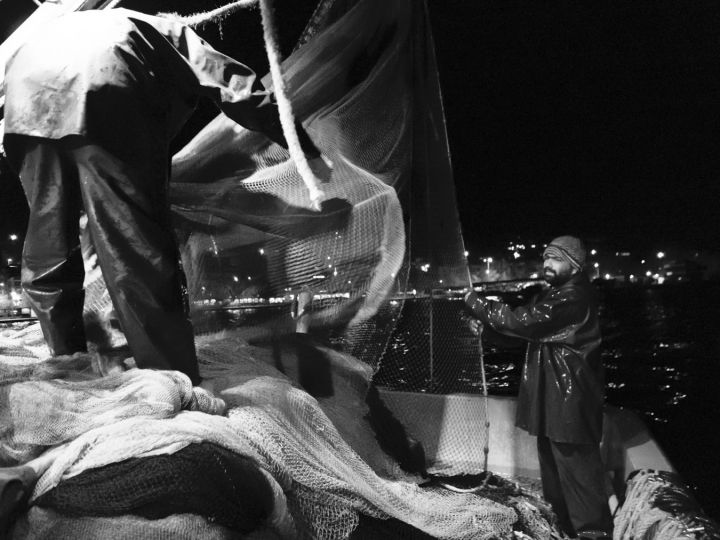August 15, 2021, Kabul falls to the Taliban, the country collapses. The Americans, entrenched in the airport, try to evacuate as many people as possible, it is the end of a 20-year war. It is the end of a world, the end of “American supremacy”.
Being part of this generation whose entry into adulthood was influenced by the tragedy of the 9/11attacks and the wars that followed, this event seemed all the more striking to me as it appears to put an end to this doctrine of the “war on terror” initiated by G.W. Bush and which largely governed the order of global geopolitics.
Who are these Taliban? Who are these badly equipped mountain fighters who have triumphed over the world’s leading military power?
Despite the justified fears of the Western world and the representations showed by the press, who are these men?
Apart from the ideology brandished by their leaders, whose words alone are audible, what is their imaginary world?
This project was started in October 2021 in Afghanistan, despite hostility from the Taliban regime who tried to prevent its realization. It consists of 22 portraits of Taliban. I photographed these fighters with a frontal light in order to flatten the faces and silhouettes, in the manner of Persian miniatures, and then asked them to tell us about their dream world.
Here the use of “dream world” and not “ideal world” allows for more recourse to the imagination and thus a better understanding of the view of these individuals. This way of thinking facilitates the liberation of speech and the circumvention of the censorship put in place by this new regime.
I then ask truck painters to illustrate these dream worlds and to paint them around each photographic portrait (the trucks in Pakistan and Afghanistan are very richly decorated and meticulously painted).
Trucks & Taliban
In the 1990s the first major victory of the Taliban was to secure the road from Peshawar to Kabul, allowing trucks to pass from Pakistan to Kabul. This victory brought them significant popular success.
During the first Taliban regime, when censorship was extremely present, the only figurative representations tolerated were those on these fully painted trucks.
The intention of this project is not to pass judgment, but to take these fighters for what they are, that is to say actors of this pivotal moment in history and thus to keep some trace. These images are also a reflection on the influence of the Persian miniature in the contemporary Afghan iconography, whether it is photographic iconography on the portrait or in that of the paintings of trucks, despite the iconoclastic dimension of the Taliban regime.
To support this project: https://www.kisskissbankbank.com/fr/projects/talibans-dreams
















